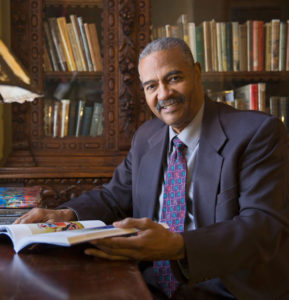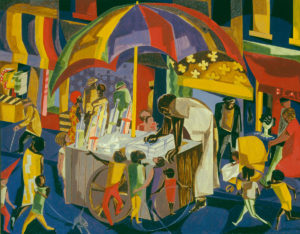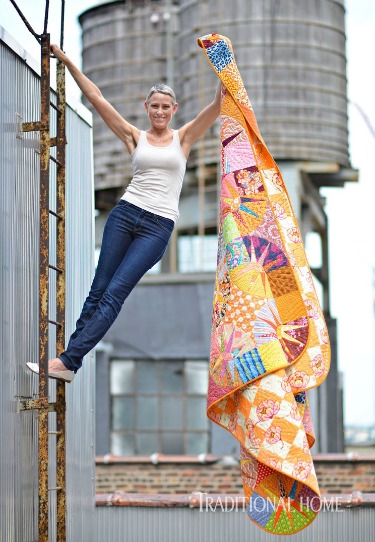A group of artists, critics and gallerists have called for an art strike on Jan. 20. Inauguration Day. Names like Cindy Sherman, Barbara Kruger, Julie Mehretu, Richard Serra, Joan Jonas and Lucy Lippard have asked for a shutdown of museums, galleries, studios, etc. (see picture) They have every right to do so, and I have no quibbles if they want to. These are extraordinary times.
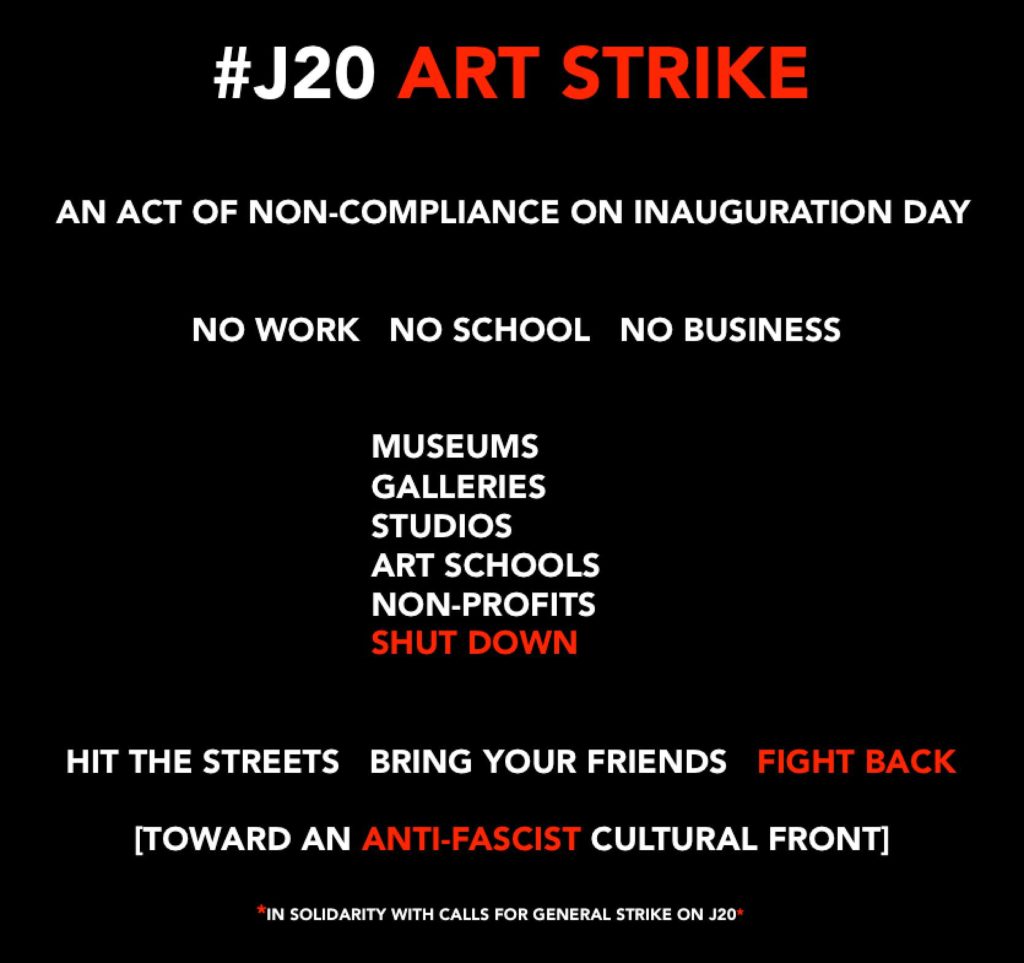 But I do quibble with the idea that museums should join in–at least public museums. It’s going to be counter-productive in the long run. Museums will need public support in the four years–the broader the better.
But I do quibble with the idea that museums should join in–at least public museums. It’s going to be counter-productive in the long run. Museums will need public support in the four years–the broader the better.
Besides, it sends the wrong message. If the arts are to be inclusive, museums have to welcome people of all ideologies. Otherwise, they are just as bad as the other side.
Jonathan Jones, in The Guardian, makes other points, including:
…the notion that museums will help anything by closing their doors, or students will scare middle America into its senses by cutting art classes, tastes not of real hard-fought politics but shallow radical posturing by some very well-heeled and comfortable members of a cultural elite. These eminent artists come across as people who are used to being listened to without having to try. Worse, there is something nostalgic about the petition, as of this were the 1960s all over again.
Rather than close their doors, they should open them wide. Take the high road.
In fact, I admire what Adam Weinberg, the director of the Whitney Museum, told the press last night at a press reception (also a nice touch)–the Whitney will remain open on Jan. 20 and it will be free.
Perhaps others, if they are in a fit fiscal position, might follow his lead.

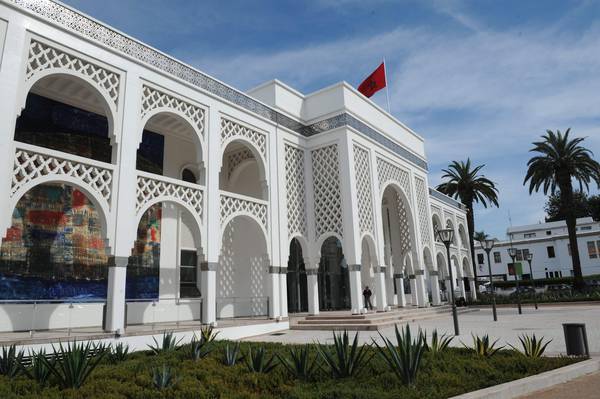
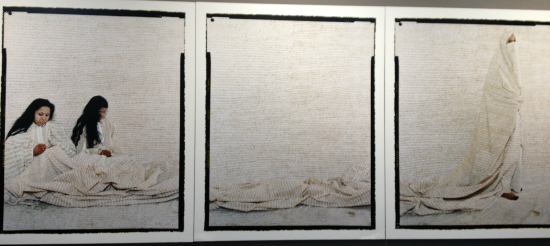
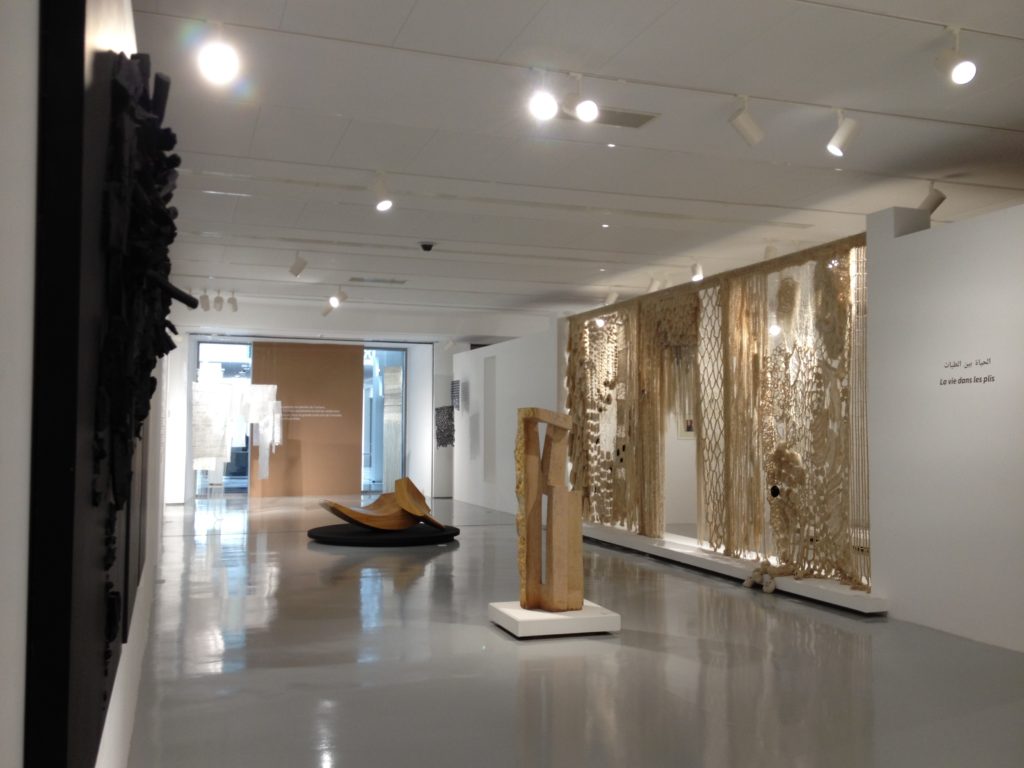
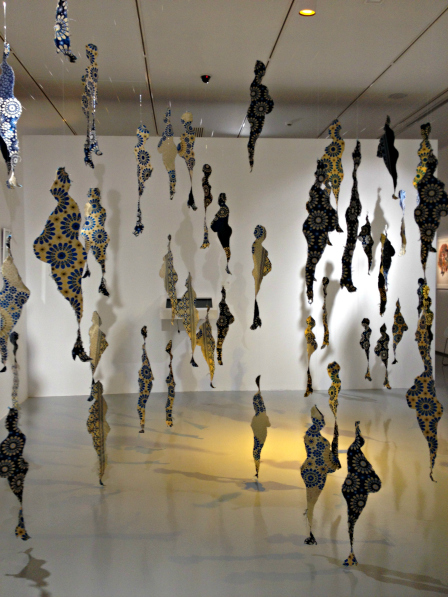
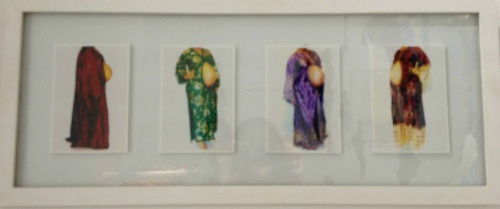
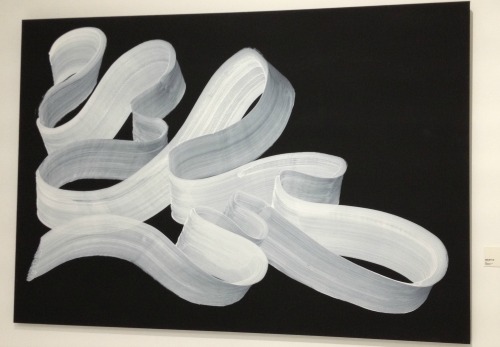
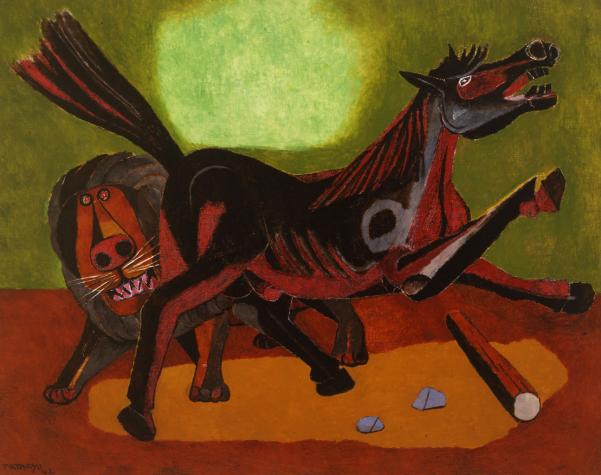

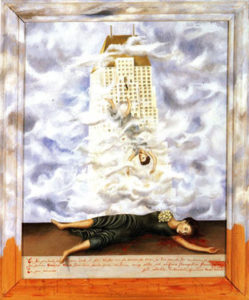
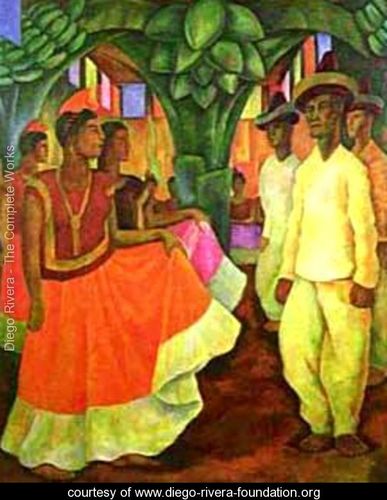
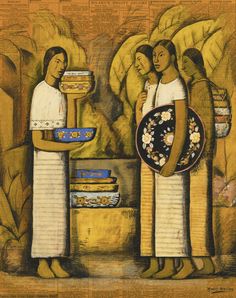
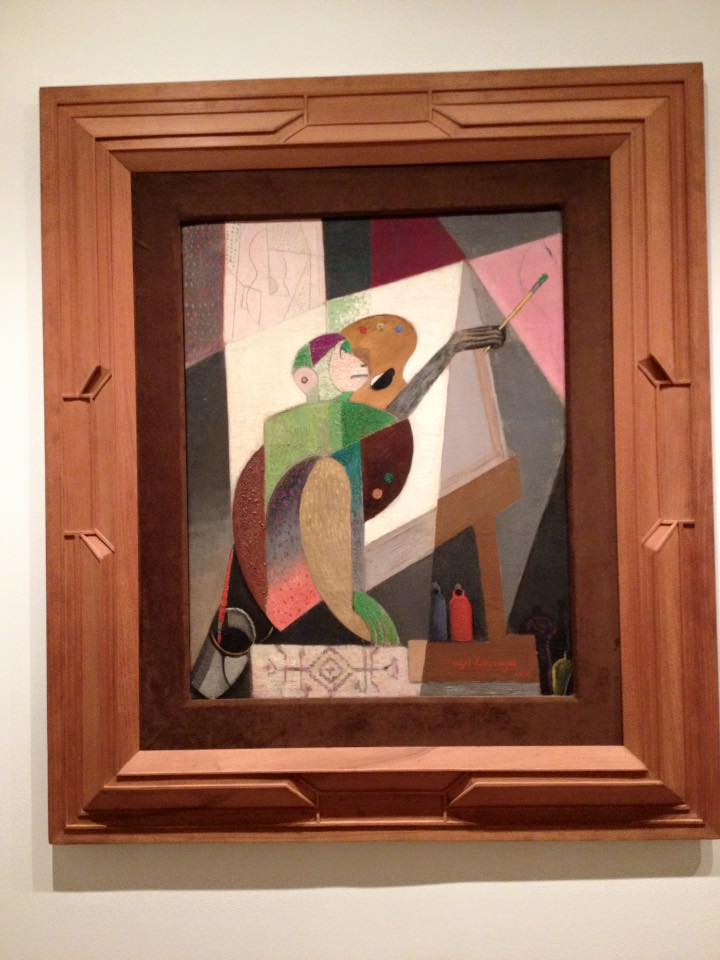
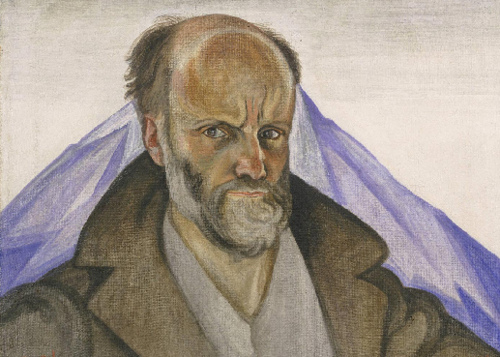
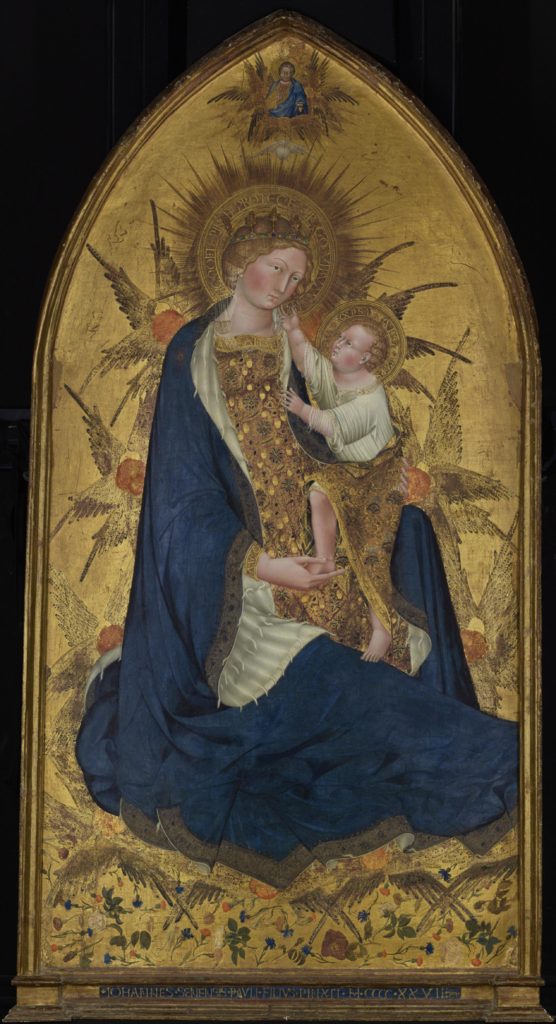
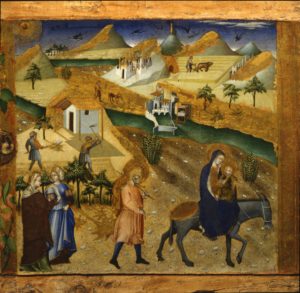 You can see what I discovered in the
You can see what I discovered in the 